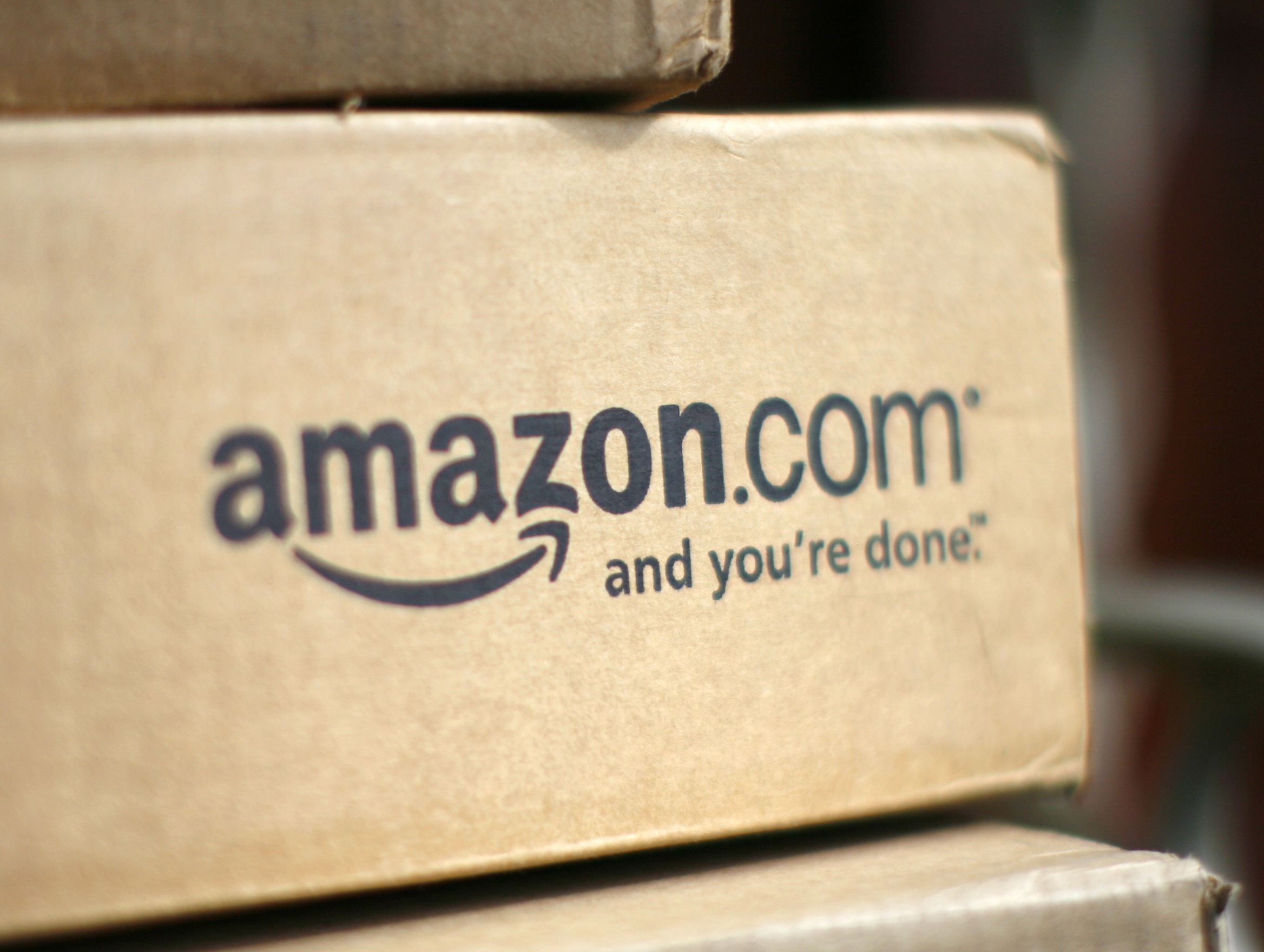YouTube has made their entry into the paid space, launching 50 paid subscription channels offering premium content. We will be monitoring the pilot program to see if users are willing to pay for yet another subscription amidst competition from Netflix, Hulu and countless others. YouTube promises to open their paid model to qualified partners in a self-service feature as well. Our guess is that these channels will tap into niche audiences without generating significant reach.
Tag: youtube
YouTube Introduces Trending Map
Google, YouTube’s parent company, released a feature today that maps out videos currently trending by city across the U.S. Previously, you could filter trending videos by age and location, but today is the first day that Google unveiled a map on which the trending videos are overlaid. And now, you can also view the trending videos based on the number of shares they’ve gotten, as opposed to purely the number of views they’ve gotten. The map is currently only functional for the U.S., but in its blog post YouTube suggested that it might roll the map out for other areas in the near future.
Youtube To Launch Paid-Subscription Channels
Youtube has, for some time now, been expanding its services into multiple entertainment platforms, but according to a report from the FInancial Times it is now on the verge of revealings subscription services for some of its special video channels. According to the Financial Times report, it will include up to 50 different channels, with subscription prices apparently starting at “as little as $1.99 a month.” For what it’s worth, Google has followed up saying that it’s working on investigating “a subscription platform that could bring even more great content to YouTube.” Which basically seems like it amounts to a yes; a subscription based YouTube could throw a massive wrench into the television and online streaming service industry that exists today. For consumers and advertisers alike, the announcement could mean new opportunities and models, so this announcement is worth taking into consideration.

Ribbon Launches Hashtag-Free Payments On Twitter & YouTube
Payments startup Ribbon, which enables purchases on social media sites, is launching new Twitter and YouTube platforms. On Twitter the service takes full advantage of the expanded Cards feature— users simply click on a “Buy Now” button and then input credit card information all within Twitter. On YouTube, the integration comes via in-video annotations, which allow you to click to purchase on a Ribbon checkout page. The conventional wisdom is that conversion rates are highest when you don’t have to leave a site to purchase, so expect Ribbon to create great opportunities for brands.
Forget Apple, What About An Amazon TV?
Until the iWatch was rumored the continued need for people to talk about Apple, was a conversation fueled by rumors of a Apple TV.
For me this felt like another chance for Apple to redesign something that people didn’t realize was terrible until Apple showed us the way. Generally the seem to put up with bad design and then coin Apple as a genius for what amounts to quite obvious simplification. In fact, I’m amazed at how much bad design people put up with, every single remote in my apartment is a ugly and functions terribly, my microwave has 32 buttons, of which I use 4.
All the conversations thus far have spun around how Apple would change the way we navigate content. They would likely bring in this world of easily searchable pipes where we’d not focus on the content provider ( Fox) or channel ( Fox Soccer ) or means of providing content ( Cable TV), but instead focus on a content theme like “Soccer” and then show us all manner of “Soccer” content from live games, to video on demand, to youtube to Bluray discs you could buy. It seems like a natural way to change the game, but one fraught with political battles that only someone like the mighty Apple could win.
A question I was asked to Answer on Quora got me thinking, it was asking why T-Commerce ( the idea of buying goods and services directly from TV Ads or TV shows) has not taken off.
I quickly replied how many brands don’t have ( or want to have) the fulfillment systems required to make that attractive, so while P&G are big enough to have a online shop, they aren’t too keen to sell you a bottle of Dawn for home delivery when they’d rather you went to store. I jokingly suggested the only people who’d ever be able to make the model work would be Amazon. It got me thinking.
An Amazon TV would be much like a Kindle HD. It would be sold at cost price, hardwired to buy “content” or in this case “Goods” from Amazon. Amazon would gain market share of these TV by undercutting the competition. As an Amazon customer, you would have your address and Credit card on file. I’d expect it to have a built in camera for monitoring user behavior, but also for Skype calls and gesture control. So as a consumer your experience would be this.
You could see any Amazon content on your TV with no set top box, so you could play TV, Music and Videos via your Amazon account ( and price based on how many people viewing). I’d expect Amazon to have amazing search and recommendation engines based on your demographic and behavioral data and what your friends and influencers watch. This content would be served by agreements with Cable and other TV companies, again, only Amazon has the might to be able to do this with the required weight.
It would be gesture controlled, and be linked up to Amazon Voice to allow you to make video calls over the internet. Amazon would then sell the ability to buy items seen in TV shows, Films, Games and Advertisement breaks to Brands, but with the deals fulfilled by Amazon – so you may be watching Skyfall and buy MacCallan Whisky or Heineken, or be watching A teen drama and decide to buy the outfit worn by the main character, or most likely be watching a TV ad and decide to add a product to your shopping basket.
Amazon then start to get even more customer data, it showcases the effectiveness of ads, records which creative works, when they work, you could even serve banner ads in real time based on promotions that may be going on, so long as the customer finds them valuable,
It seems to be the perfect combo, brands selling more to people, to target more precisely being able to monitor ad effectiveness and producing a solution that works well for typical heavy Amazon users.
YouTube/Simon Cowell Launch Social Talent Competition
YouTube is betting big on its original programming investing 200 million dollars to produce over 100 channels, including a recent talent competition called The You Generation. The Simon Cowell/YouTube collaboration asks users from over 26 countries to upload talent auditions with the chance to win an undisclosed grand prize. The new initiative does a nice job incorporating user’s video to engage the YouTube community.
Vimeo Announces “Looks” For Its Enhancer Toolbox
Video sharing company Vimeo has added “Looks” to its Enhancer Toolbox in an attempt to stay current with the filters trend pioneered by Instagram. Looks has the potential to add over 500 visual effects filters to any video project, right in the web browser, and you can preview the video in realtime to see the effect. The Looks app was developed in conjunction with Vivoom and is organized by mood category; this is perhaps the most useful feature of Looks, and makes it very simple for amateur film-makers to sort through the overwhelming number of options. So although until this point Vimeo has maintained its image as the “artsy youtube,” with many complete films replete with post-production, Looks seems like an attempt to bring users into the fold who might not have access to the hollywood-style after effects that take a video or film to the next level.
YouTube Channel Launches On Satellite TV
YouTube continues to expand their distribution, now coming to Freesat satellite TV customers in the UK. The joint venture between BBC and ITV brings free-to-air TV for over 60 channels and now includes an interactive YouTube app built on HTML 5. While the Freesat’s 1.7 million homes will not extend YouTube’s reach significantly, it’s a great example of digital content travelling across screens. Keep an eye on YouTube and Netflix as they continue to disrupt the living room.
Gangnam Style Generates $8 Million In Revenue On YouTube
If Gangnam Style’s 1.23 billion YouTube views didn’t surprise you, check out the most recent revenue figures from Google. According to chief business officer Nikesh Arora, PSY’s hit has generated 8 million in revenue on YouTube alone, netting out at around .65 cents per view. With about half of that total going to the artist, YouTube can be a serious earner for content creators.
Netflix And YouTube Working On Open Second Screen Protocol
Netflix and YouTube are taking a crack at an open second screen protocol called DIAL. DIAL hopes to power second screen experiences for connected TVs, content services and app makers. Unlike Apple’s wildly successful Airplay, DIAL will not simply mirror your mobile display, but instead can detect and launch applications on your TV. From there, the specific use cases are up to the app makers and device manufactures. Expect a ton of new features coming to connected devices from big players like Sony and Samsung in the future.

